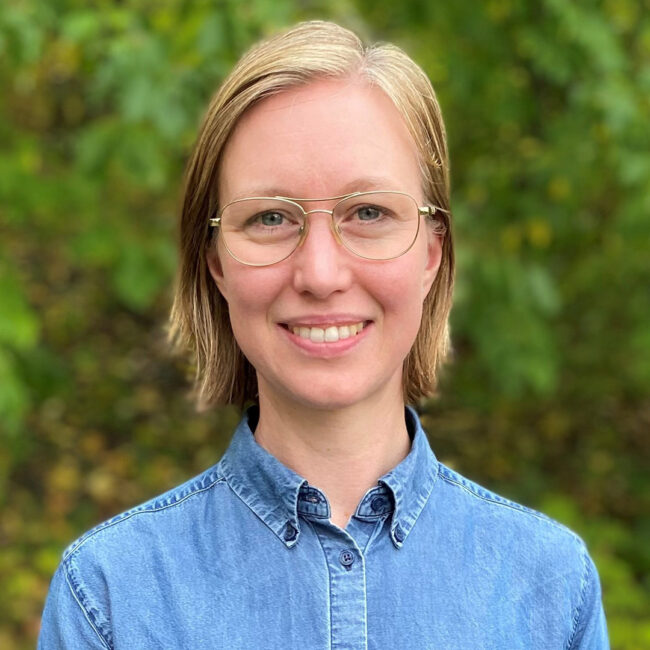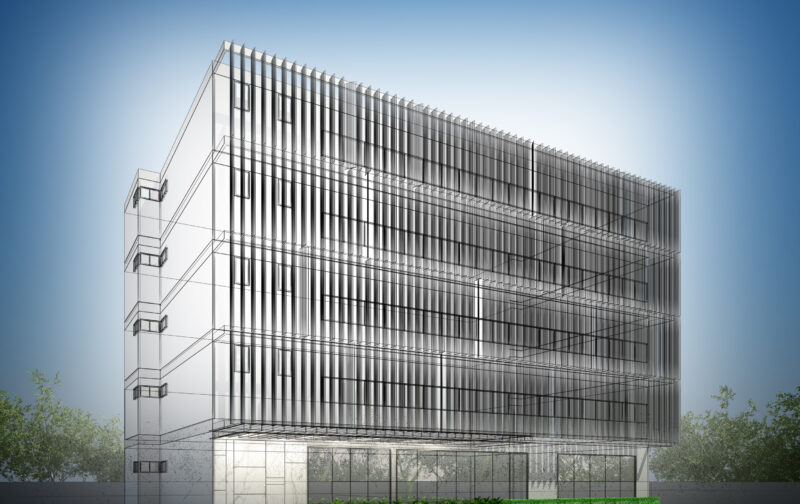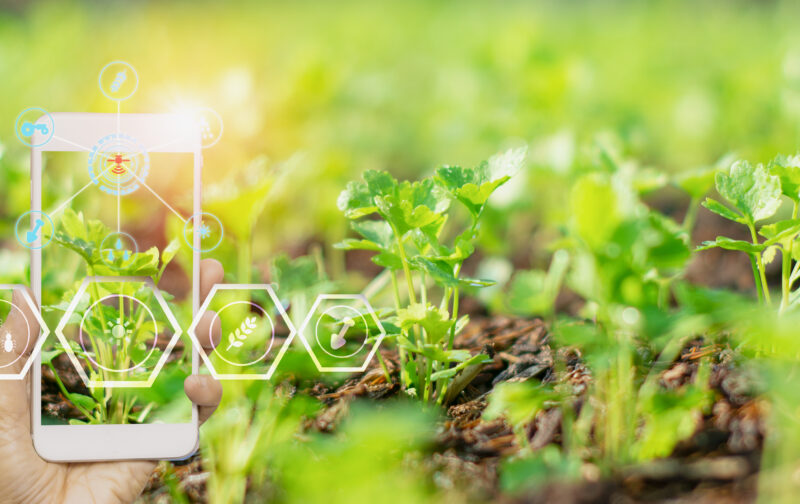Digital twins in circular value networks

New collaborations that drive the transition are crucial to creating a sustainable future. This project wants to create digital twins of circular value networks that share the same basic definitions and functionalities throughout the entire construction industry.
The construction and real estate sector for domestic greenhouse gas emissions corresponds to 21 percent of Sweden’s total greenhouse gas emissions. That means approximately 9.8 million tonnes of carbon dioxide equivalents. This industry is also one of the world’s largest energy and raw materials consumers and has immense potential and responsibility to create positive change.
The construction industry, and many other industries, must adapt circular flows to be more sustainable. The possibility to reuse, recycle and produce new material from waste is crucial. In this sub-project, we are convinced that one of the key opportunities to reuse, recycle or produce new material from old materials is the ability to share information throughout the whole value network of actors.
Creating access to data
A circular economy is in grave need of data and data-driven development, and access to data in all industrier is critical to scaling the circular economy.
In that context, the understanding and ability to consume and act on data in real-time are crucial. One of the obstacles is the recalcitrance from actors to share data to a sufficient extent, and there is a need for consensus regarding how the data should be interpreted and consumed. We need a common language – an ontology.
We will address the challenges associated with describing decentralized data to make this data interpretable and useful. The subproject wants to create digital twins of circular value networks that share the same basic definitions and functionalities throughout the entire construction industry.
We see this work as strategically important in pushing forward new solutions that contribute to reducing the carbon footprint and using virgin sources.
Steps in creating the digital twin of circular value networks:
- Creating a common vocabulary, a network of ontologies that enables semantic interoperability and decentralized data sharing between actors and computers
- Software solution for data sharing
- Method for finding, analyzing, and evaluating circular value networks
- Evaluation and validation of the techniques and theory used in this subproject
This subproject will test and verify these techniques through scenarios and simulated information flows in the construction industry. The project will investigate and analyze the physical flow of flat glass from a building to dismantling to the transporter to reuse or recycle in the physical flow. This circular flow will, in the project, find its way to traceability and data that will be understood and consumed by all parties that need information in the flow, the circular loop. Both technology and theory will be validated through a use case with flat glass.
Partners
Ragn-Sells, White architect, Saint Gobain, Luleå University, Linköpings University, and Barkarby Science.
Contact






